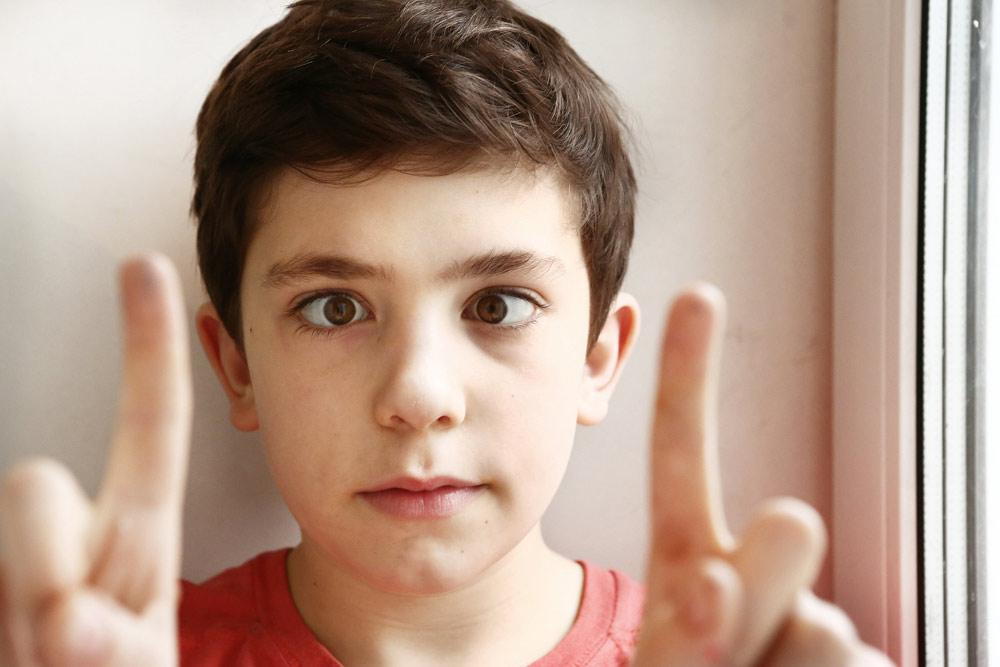
Lazy eye, also called amblyopia, is an early childhood eye condition where one eye develops slower than the other eye. It is one of the leading causes of partial or total blindness in one eye. If detected early, lazy eye is treatable. At Chapel Hill Ophthalmology located in Chapel Hill, NC, our experts can diagnose and treat conditions like lazy eye.
Causes of Lazy Eye
Amblyopia develops when the nerve pathways that receive sight signals function abnormally. This abnormality happens when your eyes don’t receive equal amounts of use. When both eyes can’t work as a pair, your brain eventually ignores input from the weaker eye.
Some lazy eye causes are still a mystery to doctors. However, there are some known common causes of lazy eye, including:
- Muscle imbalance (strabismus): It’s the most common cause of lazy eye. It occurs when there is an imbalance in the muscles that position the eyes. The imbalance causes misalignment of the eyes. As such, the pair can’t focus on an image together.
- Refractive error: When one eye has better sight than the other, your brain will tend to ignore signals from the weaker eye.
- Cataracts: If one eye’s vision is blurry or cloudy, vision development in the affected eye will not proceed normally.
Risk Factors
There are some risk factors can put children at a higher risk of a lazy eye, such as:
- Premature birth
- Small size at birth
- Family history with lazy eye
- Developmental disabilities
Signs of Lazy Eye
If you notice that your child is exhibiting the below symptoms, take him or her to our eye doctors for a proper diagnosis:
- Squinting or closing one eye to see better
- Trouble perceiving distance and depth
- Blurry or double vision
- Head tilting
- Eyes that appear to move in different directions
When you see your child exhibiting the above signs, see our ophthalmologists immediately. Otherwise, your child is at risk of permanent vision loss.
Treatment of Lazy Eye
It’s always important to treat a lazy eye before age seven for a better response to treatment. After diagnosis, our eye doctors use different treatment options depending on the cause and intensity of the condition. Treatment options include:
- Corrective eyeglasses and lenses
- Eye patches to stimulate the weaker eye
- Eye surgery to correct cataracts and droopy eyelids
- Eye drops to blur vision in the stronger eye
Visit Our Ophthalmologists
It’s important to get regular eye exams to catch conditions like lazy eye early. If your child is showing symptoms, bring him or her to Chapel Hill Ophthalmology in Chapel Hill, NC. Call us today to schedule an appointment.
